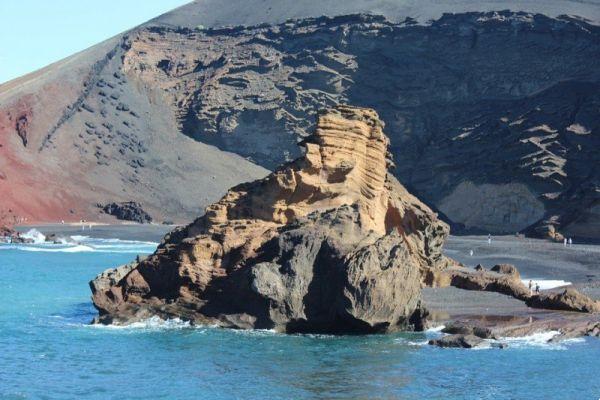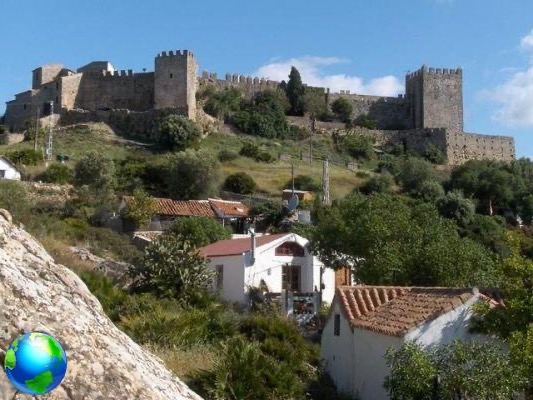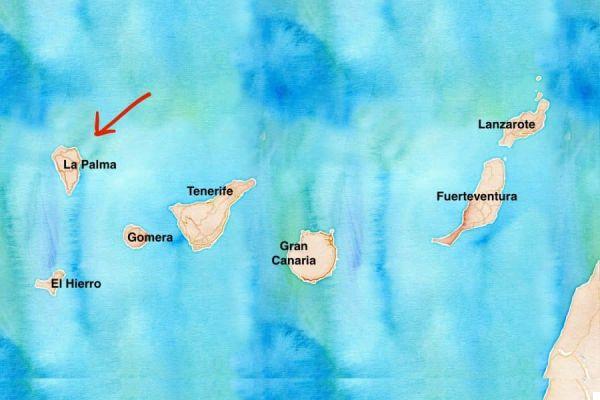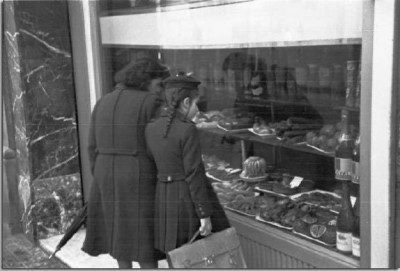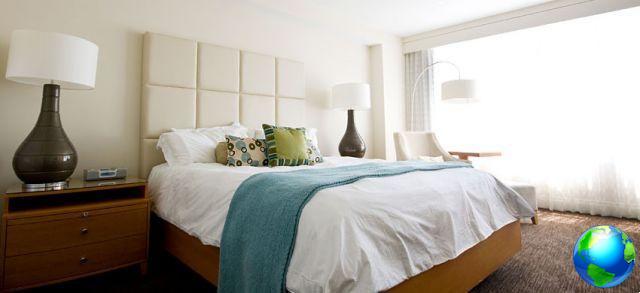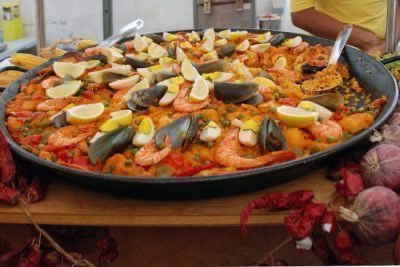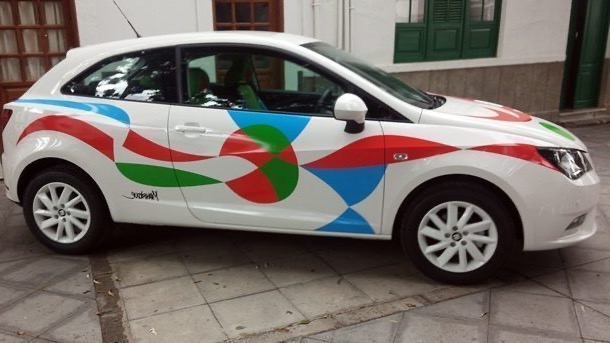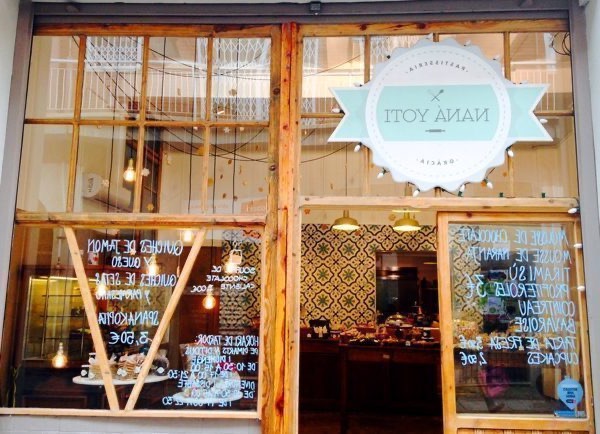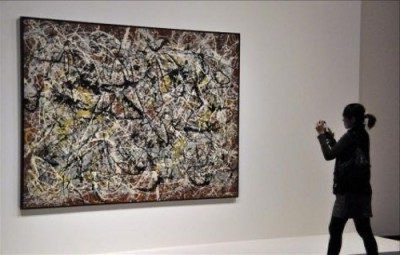L’Andalucia it is undoubtedly among the most beautiful regions in Spain and, with its traditions and culture, it fully embodies the vitality of this country. They were born here on flamenco and the race and probably also the sly and festive spirit that characterizes all of Spain. Andalusia is the poorest region of the country (its economy is based solely on tourism and agriculture), but it is the richest in UNESCO World Heritage Sites and traditions. There are also beaches and several natural parks, but if you have a week available you will have to decide whether to dedicate yourself to culture or to the sea / nature. The itinerary that I propose to you, with the exception of the Caminito del Rey, is entirely dedicated to the cultural visit of the region and its most representative cities: Malaga, Seville, Cordoba and Granada.

How and where to get to Andalusia
You can reach Andalusia with direct flights to Malaga, Seville and Granada. Malaga is the best served city, with several companies offering at least one flight a day (often even two) from different cities. Seville and Granada can only be reached by flying with low cost airlines (Ryanair, etc.).
How to get around in Andalusia
By car. The best way to move in total freedom is to rent a car, especially if you want to walk the Caminito del Rey. The distances between one city and another are limited (200 km maximum), the roads are in good condition and there are no tolls to pay. If, as I did, you start the loop route from Malaga, you can rent a car at the airport or in the city center, at the Málaga-María Zambrano station. The cost of a mid-range car is around 10-15 euros per day. I usually use the Rentalcars website. If you choose accommodation in city centers (almost always closed to traffic) you will have to park your car in one of the many paid parking lots located in the center or in the immediate vicinity (the price of which is around 20-25 euros / car / day). This is particularly important for all cities, and crucial in Granada! If you park outside the car parks, check that there are no coupons to pay and that it is actually allowed (if not, take the cars away after a few minutes - in general it is highly recommended not to use the paid car parks). Often the hotels have agreements with some car parks so call first to find out which car park to go to in case, at least you will avoid wasting unnecessary time.
By train or bus. All cities are also connected to each other by a rail and bus network. Moving like this, however, you will have some difficulties to visit the Caminito del Rey (but you will certainly save money, especially if you choose the bus). The Caminito is in fact reachable by train from the Malaga-Maria Zambrano station (it takes about 40 minutes) but, a small detail, there is only one train a day that arrives there and always one a day to return to Malaga.

When to go to Andalusia
The tour of Andalusia is a trip that can be done all year round, but the best times are certainly the intermediate seasons, especially in spring, when all the gardens of the alcazar and the Alhambra are in bloom and the temperatures are mild. Inside the spring, there is a peak of very high season during the Easter holidays (the famous Semana Santa) where prices soar. In winter, the days are sunny and warm in the central hours, but they become cold (up to zero degrees) in the evening and early morning, especially in Cordoba and Granada. In the summer it gets really hot! In Seville they can exceed 40 degrees and shooting in these temperatures can become prohibitive; on the other hand, in summer there are the ferias, the traditional festivals typical of Andalusia.
Health insurance is recommended
Being in Europe, as Spanish citizens we have the right to health care, but there are specific conditions and ceilings. My advice is to still take a classic medical-luggage insurance that can cover you during the trip, even for Covid-19. I am very happy with many insurance companies, a site that compares the policies of different companies and proposes the most convenient policy for that particular trip. To do this you will have to enter the data relating to your trip and they will send you an email with the best proposal that you can then buy directly online (!!!). All travel insurances also cover medical assistance in the event of a coronavirus infection, including testing if necessary. There is also coverage for the extension of the stay in the hotel due to the quarantine. Likewise, the trip cancellation guarantee includes coverage for illness or death of the traveler or a family member due to COVID-19.
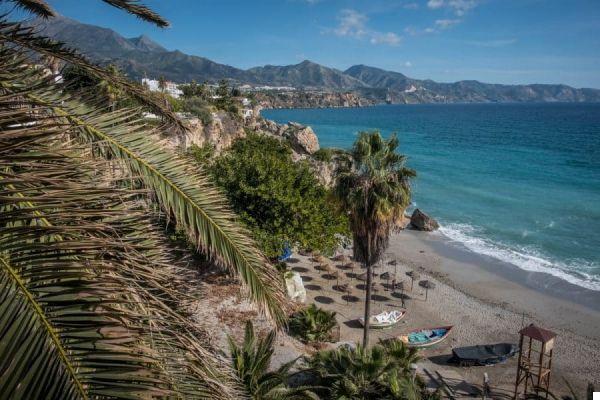
Journey to Andalusia: the itinerary
Day 1 - Flight over Malaga and city tour
Day 2 - Caminito del Rey
Day 3 - Seville
Day 4 - Seville - move to Cordoba
Day 5 - Cordoba - move to Granada
Day 6 – Granada
Day 7 - Return to Malaga (+ Nerja) and return flight
Zoom on the main cities of the trip:
In these three articles you will find all the information city by city, on what to see, where to sleep, where to eat etc.

Things to do before leaving
Traveling in Andalucia requires a minimum of pre-departure organization because there are several things to book in advance (even 1-2 months in high season!). In particular, the attractions that must be booked in advance to be sure of being able to visit them are:
Caminito del Rey: you can book from this link
Alcazar of Seville: you can book from this link
Alhambra of Granada: book from this link - Find all the info on how to visit the Alhambra in the article dedicated to Granada.
How much is spent in Andalusia
To sleep (double room in a mid-range hotel) you spend about 25-30 euros per person and about 20-30 euros to eat well (eating tapas half the amount). The entrance tickets to the various monuments / attractions range between 5 and 15 euros.

Where to sleep in Andalusia
Malaga Urban Rooms (Malaga) : nice apartments of various sizes (from 2 to 4/6 people) in one of the main squares of the historic center. Very comfortable to move around the center on foot.
Alcazaba Premium Hostels (Malaga) : this design hostel is located right in front of the Roman theater and has a beautiful rooftop bar (called Batik) overlooking the Alcazaba and the Castillo. It has both dormitories (from 4 to 10 beds) and double rooms with private bathroom.
Patio de la Cartuja (Seville) : it has both nice, quiet and super-equipped apartments of various sizes and hotel rooms. The property is located slightly away from the center (which can be reached with a 20 'walk), in the Macarena barrio, and around it is full of bars and restaurants. There is a small paid parking lot just below the building.
Playgrounds (Cordoba) : very central hotel (located right in front of the entrance to the Mezquita), with the rooms overlooking a small internal patio. Very nice and comfortable. There is also a nice terrace.
Nice view (Grenade) : as the name implies, these apartments (of various sizes) are located in the Albaicin and offer a magnificent view of the Alhambra. The apartments are nice and well equipped and also provide a very convenient wallet parking service.






